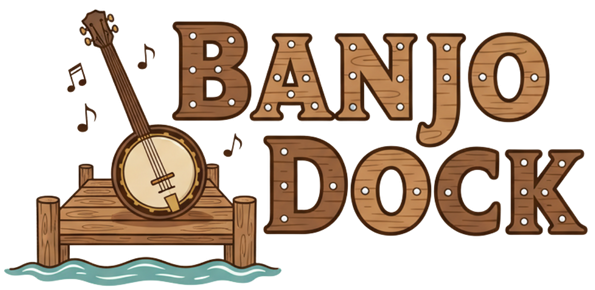Innovative Methods to Boost Literacy and Numeracy Skills
Literacy and numeracy are two essential skills that every individual relies on to navigate their everyday lives. They are the foundation for critical thinking, problem-solving, and lifelong learning. However, in today’s fast-paced world, traditional teaching methods may not be enough to fully develop these skills in students. As technology rapidly advances and the way we learn evolves, it is crucial to adopt innovative methods to boost literacy and numeracy skills. In this article, we will explore some creative and effective strategies that can make the process of learning these skills more engaging, interactive, and successful.
Using Technology as a Tool for Learning
In the 21st century, technology has revolutionized the education sector. It has made learning more accessible, interactive, and personalized. Incorporating technology into the classroom can significantly enhance literacy and numeracy skills. With the help of educational apps, interactive games, and online resources, students can engage with the material in a way that is more relatable and enjoyable. These tools provide students with immediate feedback, making the learning process more interactive and personalized, which can help them improve their skills faster.
Gamification
Gamification is the integration of game elements into non-gaming contexts. It has been proven to be a highly effective method for boosting literacy and numeracy skills. By making the learning process more game-like, students are motivated to participate and engage with the material. Educational apps, such as Duolingo and Prodigy, are excellent examples of how gamification can be used to promote literacy and numeracy skills. These apps use storytelling, challenges, and rewards to make learning more fun and engaging for students.
Online Resources
The internet is a vast and valuable resource for learning. There are countless websites and online tools that can help students develop their literacy and numeracy skills. Websites like Khan Academy and TED-Ed provide video tutorials and interactive lessons on a wide range of topics, making learning more accessible and enjoyable. Additionally, there are many online games, quizzes, and puzzles that can help students practice and reinforce their skills in a fun and interactive way.
Incorporating Real-World Applications
One of the most effective ways to boost literacy and numeracy skills is by incorporating real-world applications into the learning process. By connecting abstract concepts to real-life situations, students can see the practical application of what they are learning. This approach not only makes the material more relatable but also helps students develop critical thinking skills, as they learn to apply their knowledge in different contexts.
Project-Based Learning
Project-based learning is an approach that involves students working on a project or solving a real-world problem. It allows students to apply their literacy and numeracy skills in a practical and hands-on way. Through this method, students learn how to collaborate, problem-solve, and think critically, while also developing their literacy and numeracy skills. This type of learning is highly engaging and can help students see the relevance and importance of these skills in their daily lives.
Field Trips and Guest Speakers
Field trips and guest speakers are fantastic ways to bring real-world applications into the classroom. By visiting places related to the subject or having experts speak to students, they can see how literacy and numeracy skills are used in different professions and industries. This can inspire and motivate students to develop their skills further as they see the practical application of what they are learning.
Incorporating Diversity and Inclusivity
Another crucial aspect of boosting literacy and numeracy skills is by incorporating diversity and inclusivity into the learning process. By creating an inclusive learning environment, students from different backgrounds and learning styles can feel valued and motivated to learn. By diversifying the content and using multicultural examples in lessons, students can also develop empathy, cultural understanding, and tolerance, which are essential skills for the 21st-century workforce.
Inclusive Materials
Inclusive materials are essential for promoting diversity and inclusivity in the classroom. Teachers can use books, videos, and other materials with diverse characters and settings, which can help students feel represented and engaged in the learning process. Additionally, teachers can also provide alternative learning materials, such as audiobooks or visual aids, to cater to different learning styles and abilities.
Culturally Responsive Teaching
Culturally responsive teaching is an approach that emphasizes incorporating students’ cultures and backgrounds into the learning process. It not only helps students feel a sense of belonging but also allows them to see the relevance and importance of literacy and numeracy skills in their community and culture. By using culturally relevant examples and activities, students can develop a deeper understanding and appreciation for these skills.
In conclusion, traditional methods of teaching literacy and numeracy skills may not be enough to fully develop these essential skills in students. By using technology as a tool for learning, incorporating real-world applications, and promoting diversity and inclusivity, we can make the learning process more efficient, engaging, and successful. By embracing innovative methods, we can equip students with the necessary skills to thrive in the 21st century and beyond.











